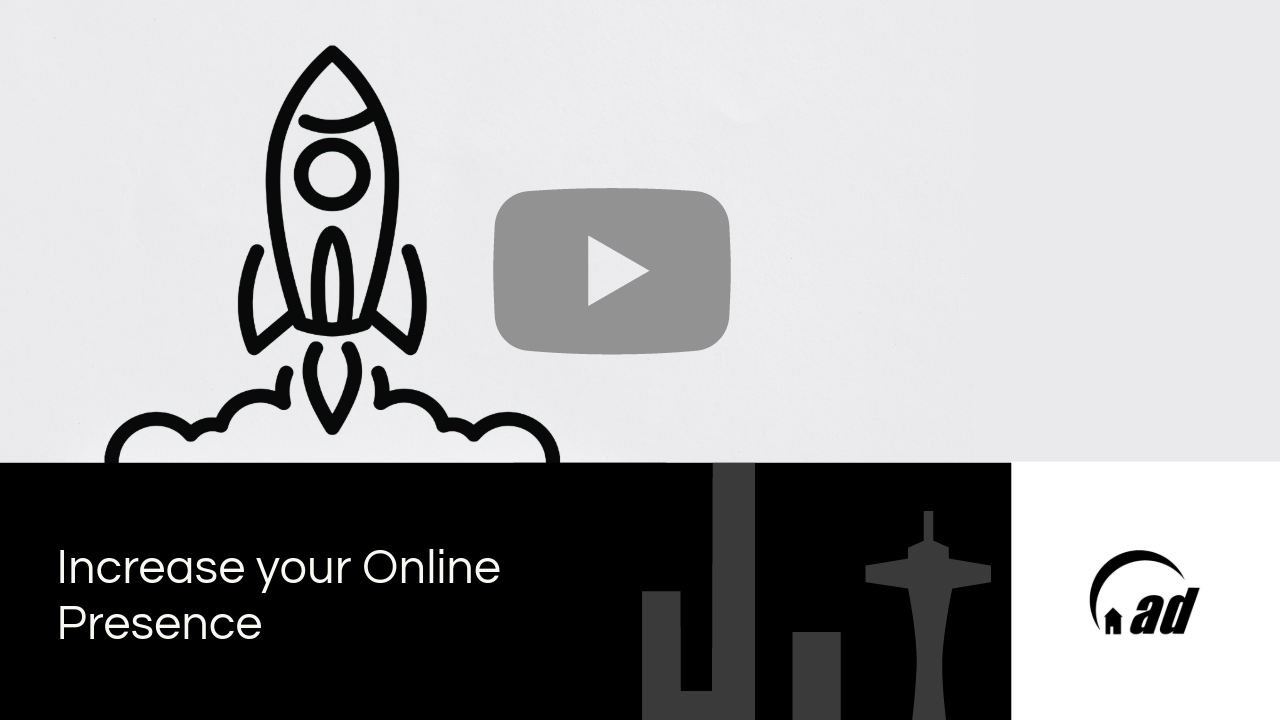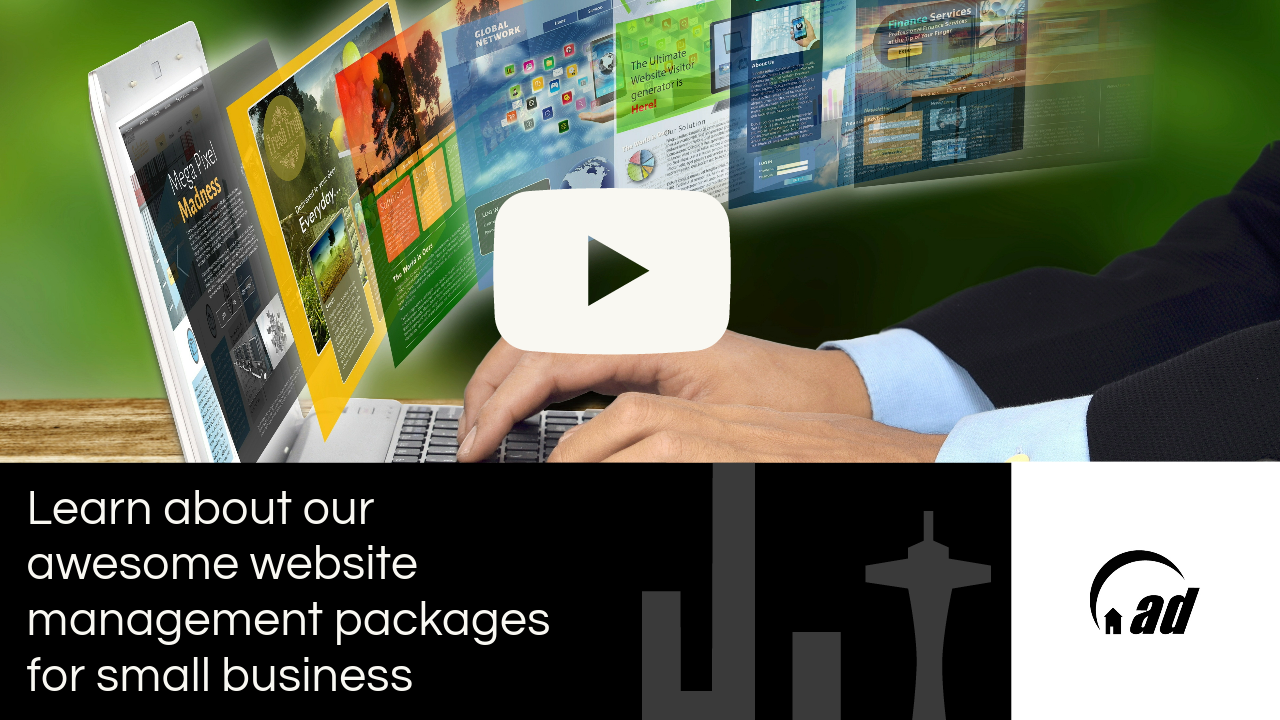Alec Allshouse is an artist, musician, and the founder of Allshouse Designs, a website management business that has designed, built, and promoted websites for small service-type companies since 2012. Since 1998, Alec has written many lines of code and has managed over 200+ websites.
The Basics of SEO: A Starter Guide To Understanding How Search Engines Work
Search engine optimization (SEO) is developing a website to show up on the top of search engine results pages (SERPs). It is a crucial component of digital marketing that helps businesses get more online visibility and drive more website traffic. This blog post will address the basics of SEO and how it works.
Search engines like Google, Bing, and Duck Duck Go use innovative algorithms to determine the relevance and quality of websites. The algorithms consider keywords, content quality, backlinks, website structure, user experience, etc. SEO is optimizing these factors to improve a website's visibility and ranking in the SERPs.
The first step in SEO is to research how your market uses a search engine. Typically, the research involves finding your website's most relevant and valuable keywords. Keywords are the words or groups of terms people search for information online. Pinpointing the right keywords can attract more relevant traffic to your website.
Many professional keyword research tools, such as Google Keyword Planner, SEMrush, Ahrefs, and Moz, are available. These tools help you identify the search volume, competition, and relevance of different keywords. Choosing keywords relevant to your business and with a high search volume but low competition is essential.
Once you have identified the right keywords, it's time to optimize your website's content for them. This is known as on-page optimization. On-page optimization involves optimizing your website's content, meta tags, images, and other elements to make it more relevant and valuable to search engines.
Need Help with SEO?
Fill out the form below to get a quote for our award-winning SEO Services!
Get an quote For Search Engine Optimzation Services
Some of the key elements of on-page optimization include:
- Title tags: These titles appear in the SERPs and on the top of your web pages. The title must have the most important keywords for each page.
- Meta descriptions: These are the short descriptions that appear under the title tags in the SERPs. They should be written to entice users to click through to your website.
- Header tags: These are the headings and subheadings that break up your content. Optimizing the headers with keywords will help structure your content.
- Content: Your website should be high-quality, unique, and relevant to your target audience. It should be optimized with keywords rather than over-optimized.
- Images: Images can improve the user experience of your website, but they should also be optimized with alt tags and file names that include keywords.
Off-page optimization is another critical component of SEO. This involves creating backlinks to your website from other websites. Backlinks are like a thumbs-up of confidence from other websites that your content is valuable and relevant.
The quality and relevance of the website linking back to your site are important factors to consider. Having a few quality backlinks from relevant websites is better than many low-quality backlinks from irrelevant sites. Some ways to build backlinks include guest blogging, looking for broken links on websites to replace with your content, and, most importantly, creating valuable information that people will want to link to share with their audience.
Local SEO is another critical aspect of SEO for businesses that have a physical location. Local SEO involves working your website for search queries and appearing in Google's local pack. This is the map and listing of local businesses at the top of the search results for local queries.
To optimize for local SEO, you should:
- Claim and optimize your Google My Business account with accurate information about your business, including your address, phone number, and hours of operation.
- Build citations on local directories and review sites such as Yelp, TripAdvisor, and Yellow Pages.
- Include location-specific keywords in your on-page optimization and content.
Mobile optimization is another critical component of SEO, as more and more people are using mobile devices to search for information online. Mobile optimization involves optimizing your website's design and content for mobile devices like smartphones and tablets.
Mobile optimization involves:
- Having a website design that adjusts to different screen sizes.
- Having a fast loading speed, mobile users tend to have less patience than desktop users.
- Having straightforward and easy-to-use navigation that is optimized for touch screens.
- Having content that is easy to read on smaller screens.
Technical SEO is another essential component of SEO that involves optimizing the technical aspects of your website. This includes issues such as site speed, crawl ability, and indexability. Technical SEO can be complex, but it's vital to ensure that your website is technically sound to avoid any issues that could affect your rankings.
Some of the technical issues to consider:
- Site speed: A slow-loading website can negatively affect your rankings and user experience.
- Crawlability: Search engines need to be able to crawl and index your website's pages to include them in the SERPs.
- Mobile-friendliness: As mentioned earlier, your website should be optimized for mobile devices.
- Canonicalization: This involves ensuring search engines are not indexing duplicate content.
In Conclusion
SEO is a fantastic concept and an ever-evolving field that requires ongoing effort and attention. By understanding the basics of SEO and implementing best practices, businesses can improve their online visibility and attract more relevant website traffic. Keyword research, on-page optimization, off-page optimization, local SEO, mobile optimization, and technical SEO are all critical components of a successful SEO strategy.
About The Author
Share
Tips & Updates









